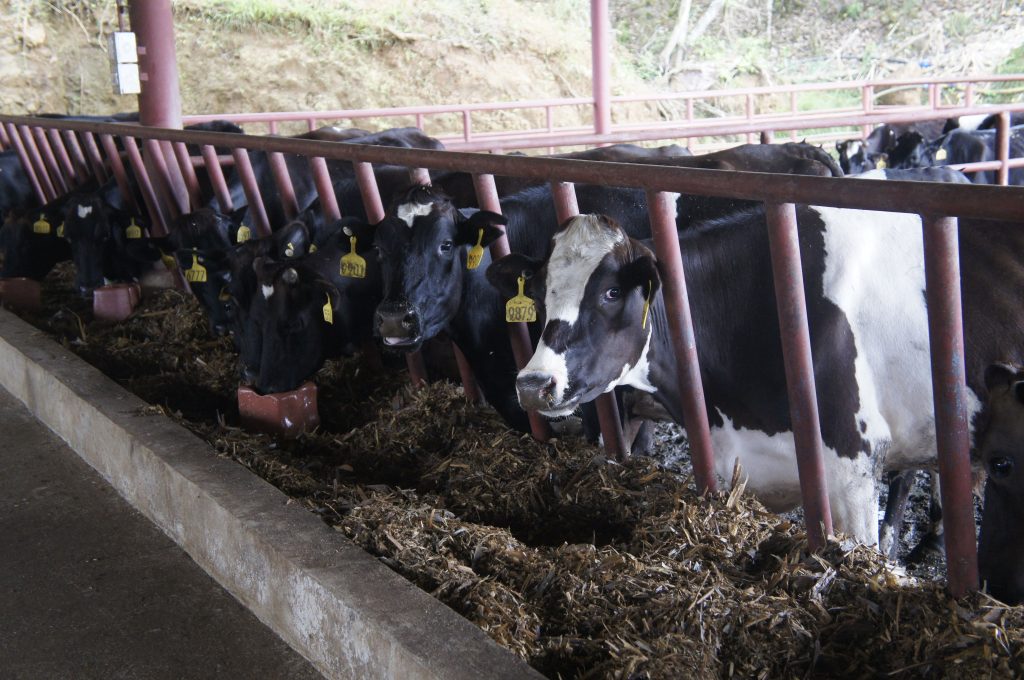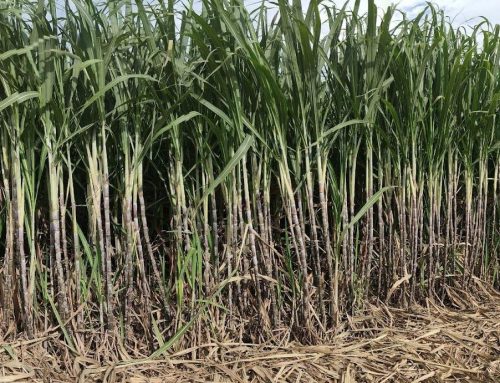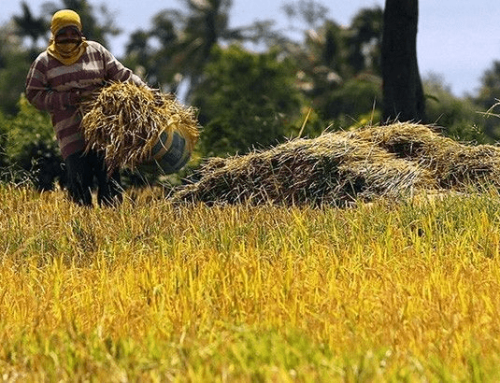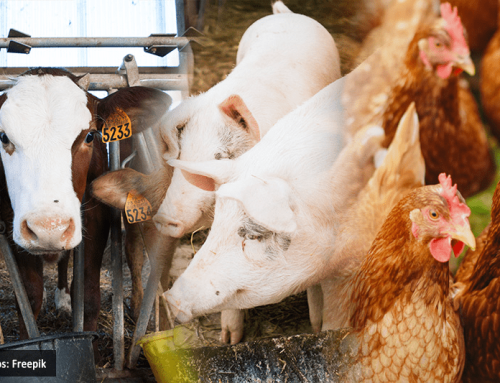In this Article
This article discusses the optimistic outlook for livestock output and stable retail prices despite feed shortages, highlighting strategies, challenges, and updates on the African Swine Fever vaccine rollout.

Expected Livestock Output and Issue on Production of Feeds
On May 7, 2024, Agriculture Undersecretary Deogracias Victor B. Savellano expressed his optimism regarding an anticipated rise in livestock output despite El Niño’s impact on animal feed production. He mentioned that the Department of Agriculture (DA) has prepared programs to support growers that will provide animal feeds and medicine. In 2023, DA observed a 3.7% increase in hog output and a 1.3% uptick in goat production. Conversely, there was a 2.6% decrease in cattle output, and carabao output diminished by 0.9%. For 2024, the agency anticipates the same level of growth seen in 2023 for livestock output, with hog production expected to increase by 3.7% and goat production by 1.3%. Cattle output is predicted to maintain a 2.6% decline, and carabao output is also forecasted to decrease by 0.9%.
Mr. Jonathan V. Sabiniano, the Program Director for the National Livestock Program, disclosed that El Niño significantly impacted corn production, a key element in animal feed, resulting in damages valued at Php 1.76 billion and total volume losses of 97,937 metric tons (MT). Given El Niño’s impact on corn production, farmers will need to adapt feed strategies to ensure the health and productivity of their livestock. This may involve diversifying feed sources, exploring alternative grains, or optimizing existing formulations. Efficient feeding practices and collaboration with experts can mitigate shortages, ensuring livestock health and farm profitability despite environmental challenges.
Beef and Pork Price Update and Expected Trends
Weekly price data provided by the DA shows stability in retail prices of beef products in the past two (2) weeks, from Php 416.28 on April 22-27, 2024, to Php 415.20 on April 29-May 4, 2024. Meanwhile, price stability can also be observed in pork retail prices from Php 355.48 to Php 356.08 in the same period. The forecasted increase in hogs and goat supply mentioned in the previous section may lead to lower prices in the market. On the other hand, prices for cattle and carabao may increase due to the anticipated decrease in production output.
Farmers may face pressure to optimize production costs amid fluctuating prices of meat products. With forecasts pointing to increased hog and goat supply, farmers may need to focus on efficiency to remain competitive. However, the anticipated decrease in cattle and carabao output could offer opportunities for farmers to capitalize on potentially higher prices for these meats.
Increasing Local Consumption
On May 9, 2024, Rungphech Chitanuwat, the country general manager of Informa Markets in the Philippines, highlighted the increasing meat consumption in the country, indicating a growing demand that requires a rise in local livestock and poultry production. This requirement can be met through improved government and private sector collaboration. As consumers continue to favor meat as their everyday meal choice, it presents a significant opportunity for the industry. Chitanuwat also emphasized the importance of lowering feed costs and ensuring biosecurity measures to enhance production efficiency and meet industry demands effectively.
With consumers preferring meat as their daily meal choice, farmers stand to benefit from a potentially expanded market. Collaborating with the government and private sector can enhance this endeavor. Moreover, efforts to lower feed costs and prioritize biosecurity measures offer farmers the chance to boost production efficiency and meet growing industry demands effectively.
Integration of Livestock and Feeds Industries
On May 9, 2024, DA aims to enhance the livestock sector’s productivity by reducing production costs and utilizing technology. A critical emphasis is on lowering feed prices, which is significant in increasing local livestock production. To address this, a proposal known as the Livestock and Feed Industry Act is currently under consideration in Congress and the Senate, which will integrate the development of both sectors.
The proposed Livestock and Feed Industry Act implies a potential shift towards more sustainable and profitable farming practices for farmers. The integration of technology and lower feed prices could alleviate financial burdens, enhance productivity, and improve the competitiveness of the farmers. Once approved, the law will provide opportunities for farmers to modernize operations and improve production.
ASF Vaccine Rollout Update
On May 8, 2024, DA, in collaboration with the Department of Health (DOH), announced their readiness to finalize a memorandum of agreement (MOA) aimed at accelerating the distribution of the African Swine Fever (ASF) vaccine. The Food and Drug Administration (FDA) confirmed that the Bureau of Animal Industry (BAI) has sought certification for the AVAC vaccine from Vietnam, which is currently subjected to pre-assessment. While awaiting the vaccine rollout, DA remains committed to implementing biosecurity measures to curb further ASF outbreaks. As of April 26, the latest monitoring by the BAI revealed active ASF cases in 78 barangays nationwide.
Meanwhile, the provincial government of Bohol lifted border control against ASF after no active cases remained as Governor Aris Aumentado removed checkpoints at Dauis Bridge. Despite easing control, the province still requires ASF-negative tests, livestock inspection certificates, and barangay certifications for pigs exiting Dauis. Slaughtered pigs must also undergo ASF rapid testing.
The upcoming rollout of the AVAC vaccine offers farmers a potential solution to combat the disease and reduce production losses. However, regulatory hurdles and vaccine accessibility may pose challenges. Farmers must remain vigilant and continue biosecurity measures to prevent future outbreaks. Success hinges on addressing regulatory challenges, ensuring affordability, and maintaining biosecurity practices.
References: Cariño, C.M. (2024, May 9). Feeds cost reduction key to livestock development. The Manila Times. Retrieved May 9, 2024 from https://www.manilatimes.net/2024/05/09/business/agribusiness/feeds-cost-reduction-key-to-livestock-development/1945274
Halili, A.H. (2024, January 31). Agricultural output up 0.4% in 2023. Business World. Retrieved May 13, 2024 from https://www.bworldonline.com/top-stories/2024/01/31/572206/agricultural-output-up-0-4-in-2023/
Halili, A.H. (2024, May 7). Livestock output seen rising even as El Niño batters feed crops. Business World. Retrieved May 7, 2024 from https://www.bworldonline.com/economy/2024/05/07/593450/livestock-output-seen-rising-even-as-el-nino-batters-feed-crops/
Pelonia, A. (2024, May 8). DA: Government wants to fast-track launch of vaccine vs ASF. Business Mirror. Retrieved May 8, 2024 from https://businessmirror.com.ph/2024/05/08/da-government-wants-to-fast-track-launch-of-vaccine-vs-asf/
Remate Online. (2024, May 5). Bohol nagluwag na ng border controls sa ASF. Remate Online. Retrieved May 5, 2024 from https://remate.ph/bohol-nagluwag-na-ng-border-controls-sa-asf/
Santos, J. (2024, May 7). Philippine livestock production to rise despite El Niño, says DA. Manila Bulletin. Retrieved May 7, 2024 from https://mb.com.ph/2024/5/7/philippine-livestock-production-to-rise-despite-el-nino-says-da








